HANS HOFMANN (1880-1966)



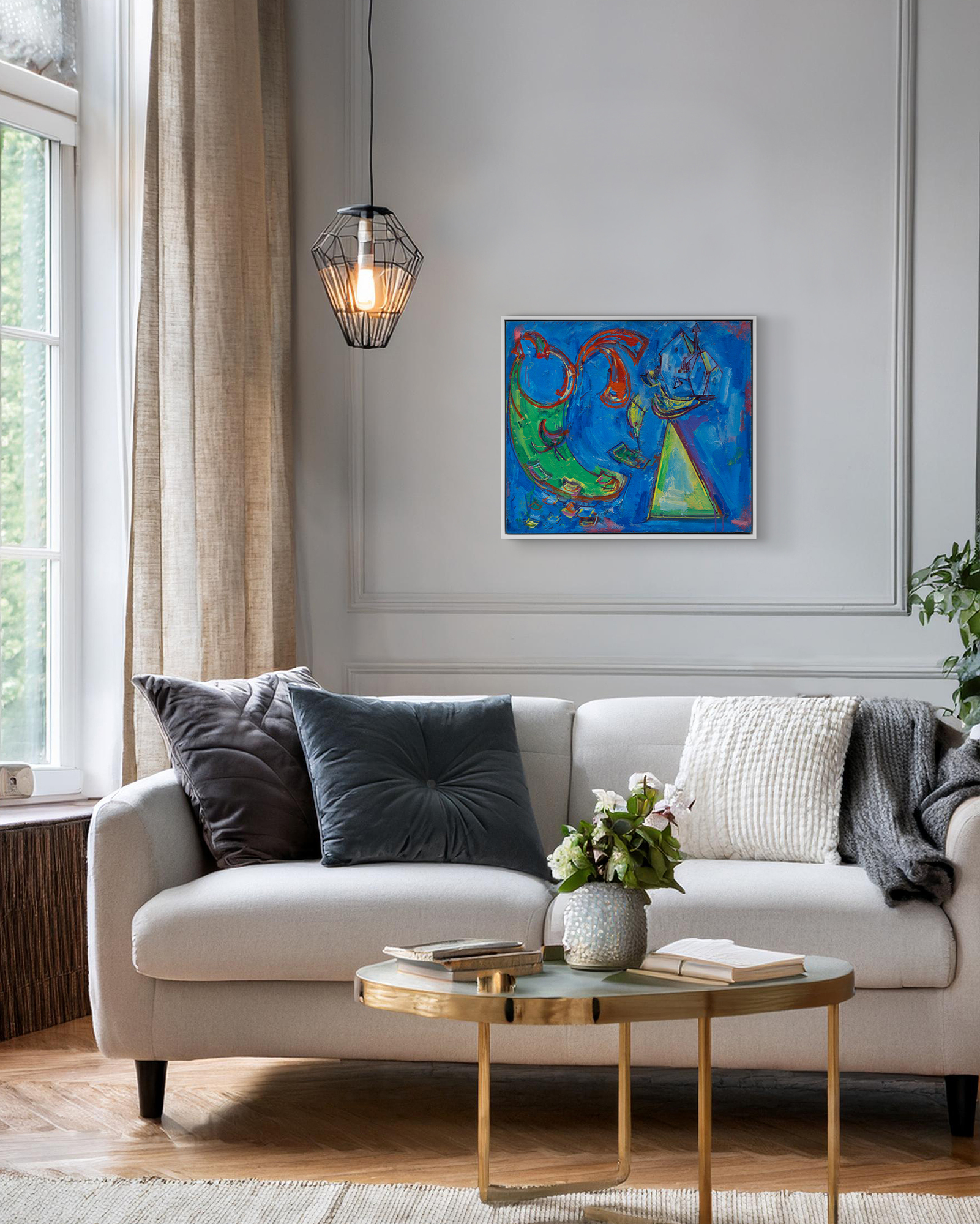

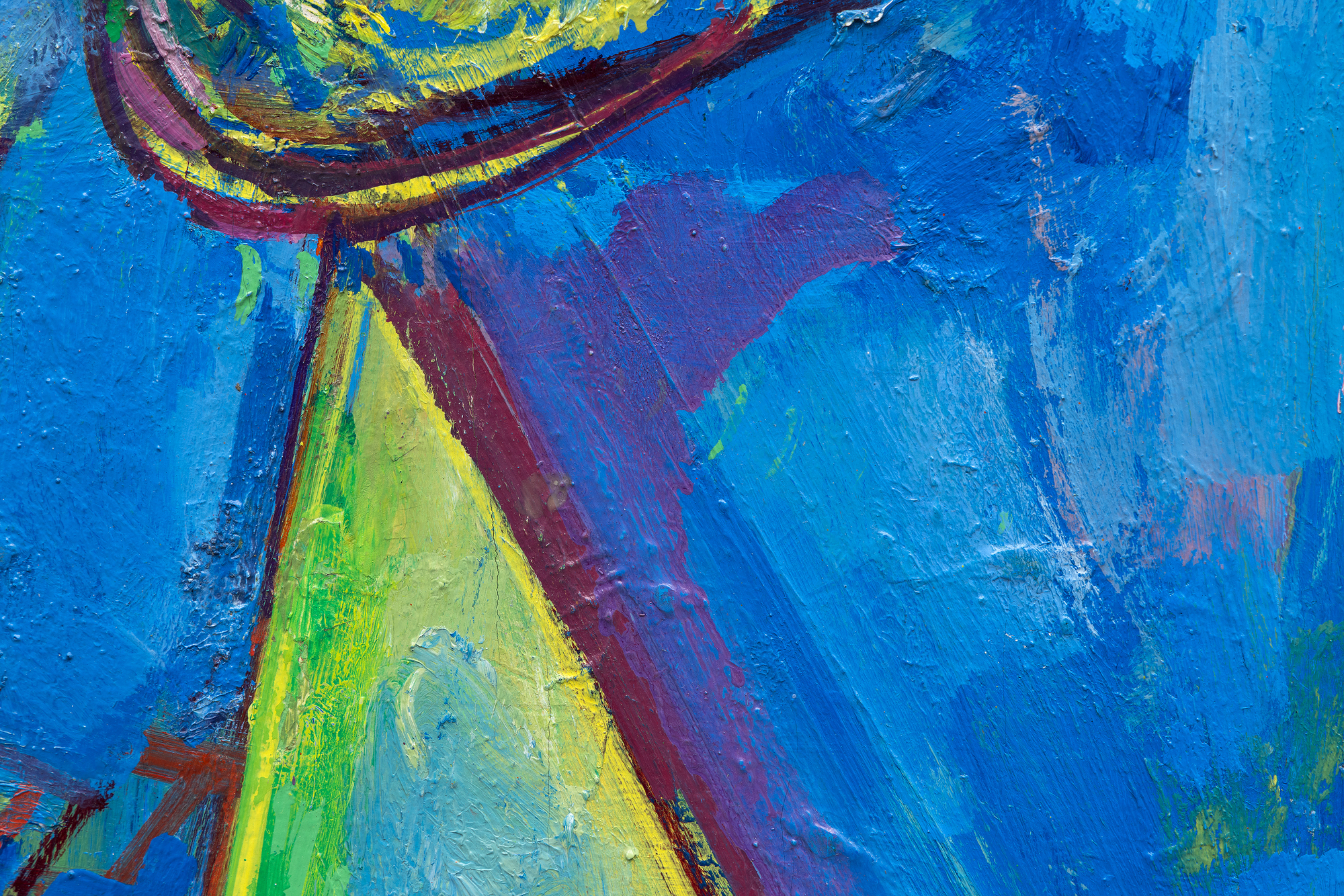
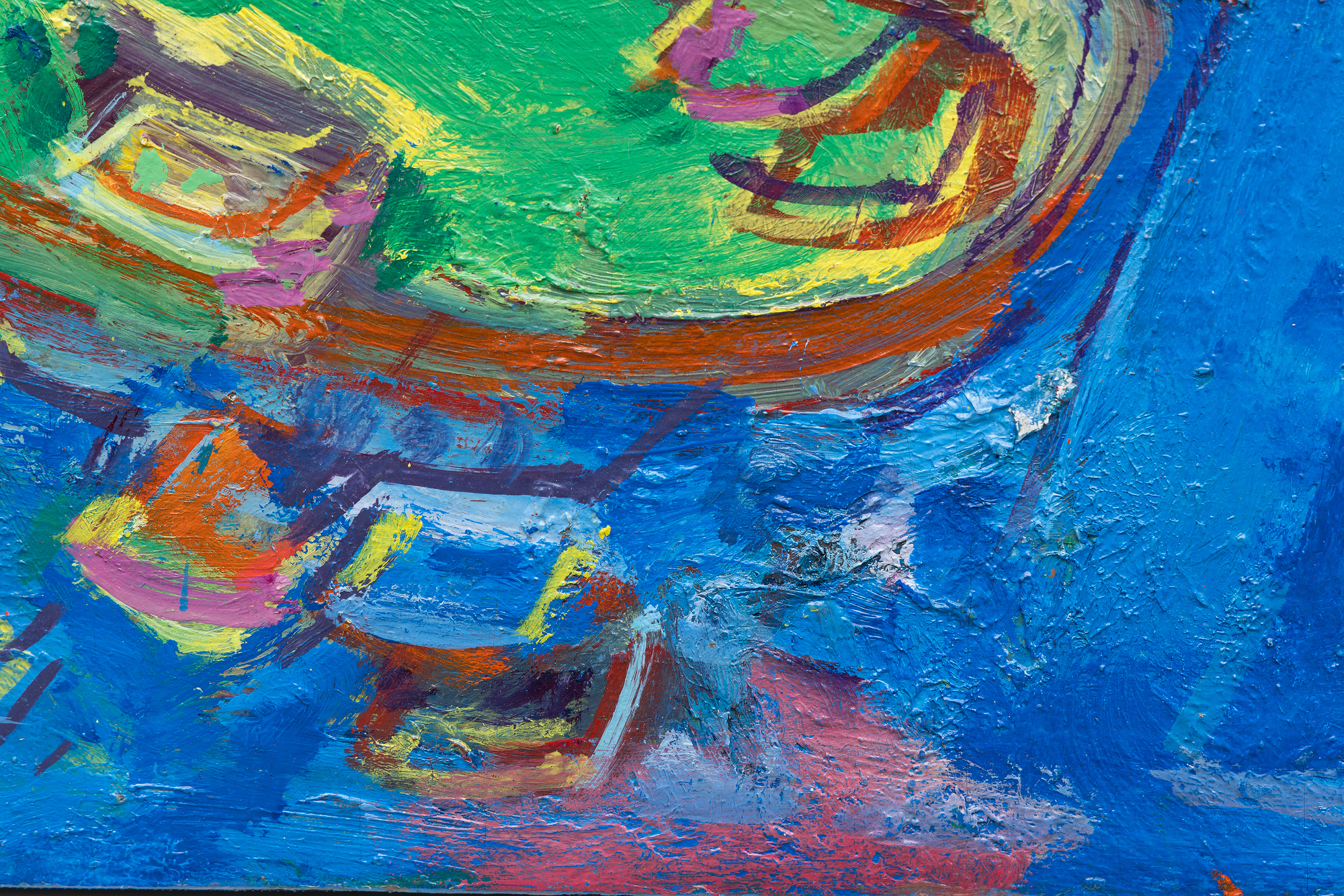
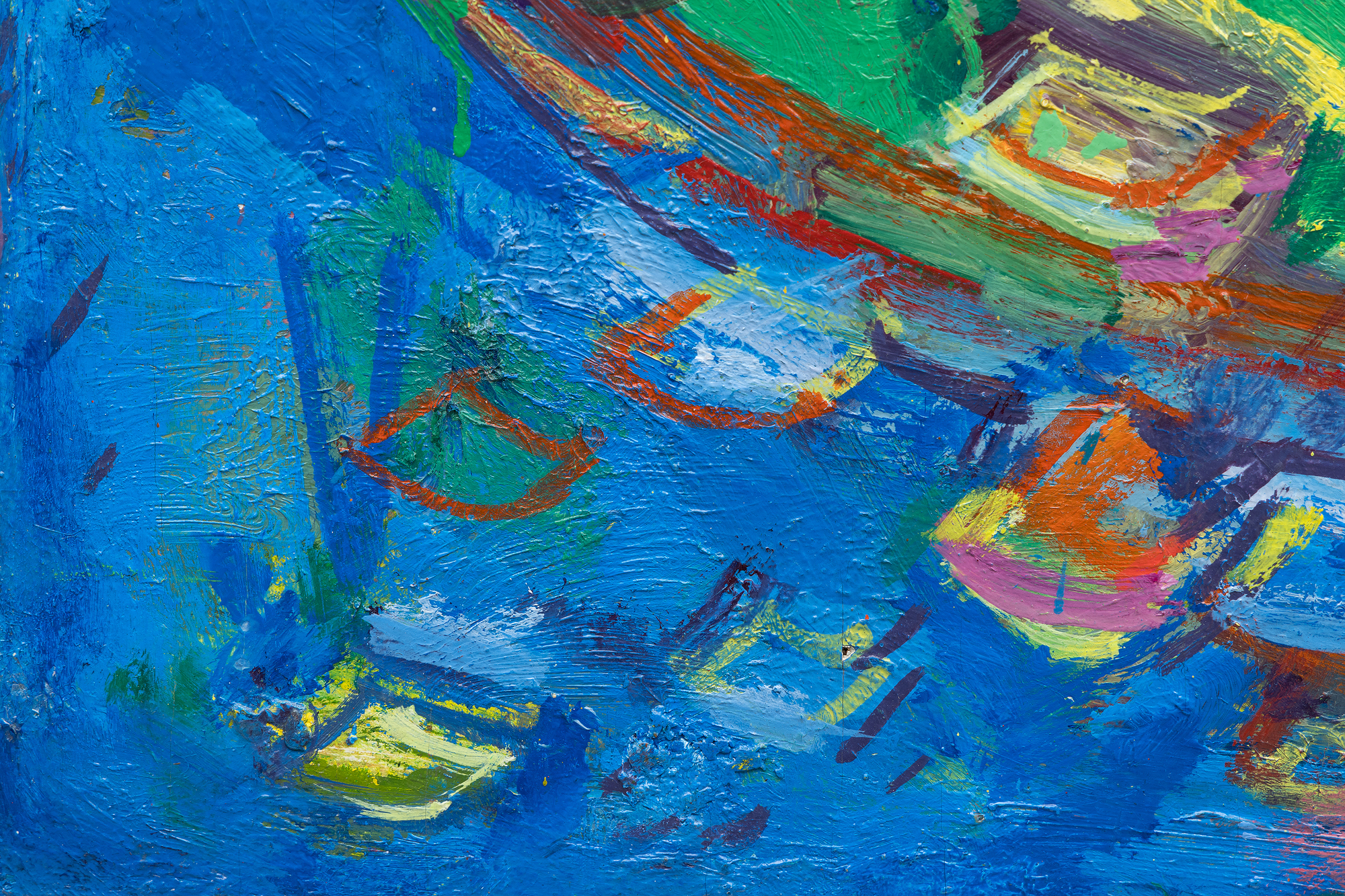
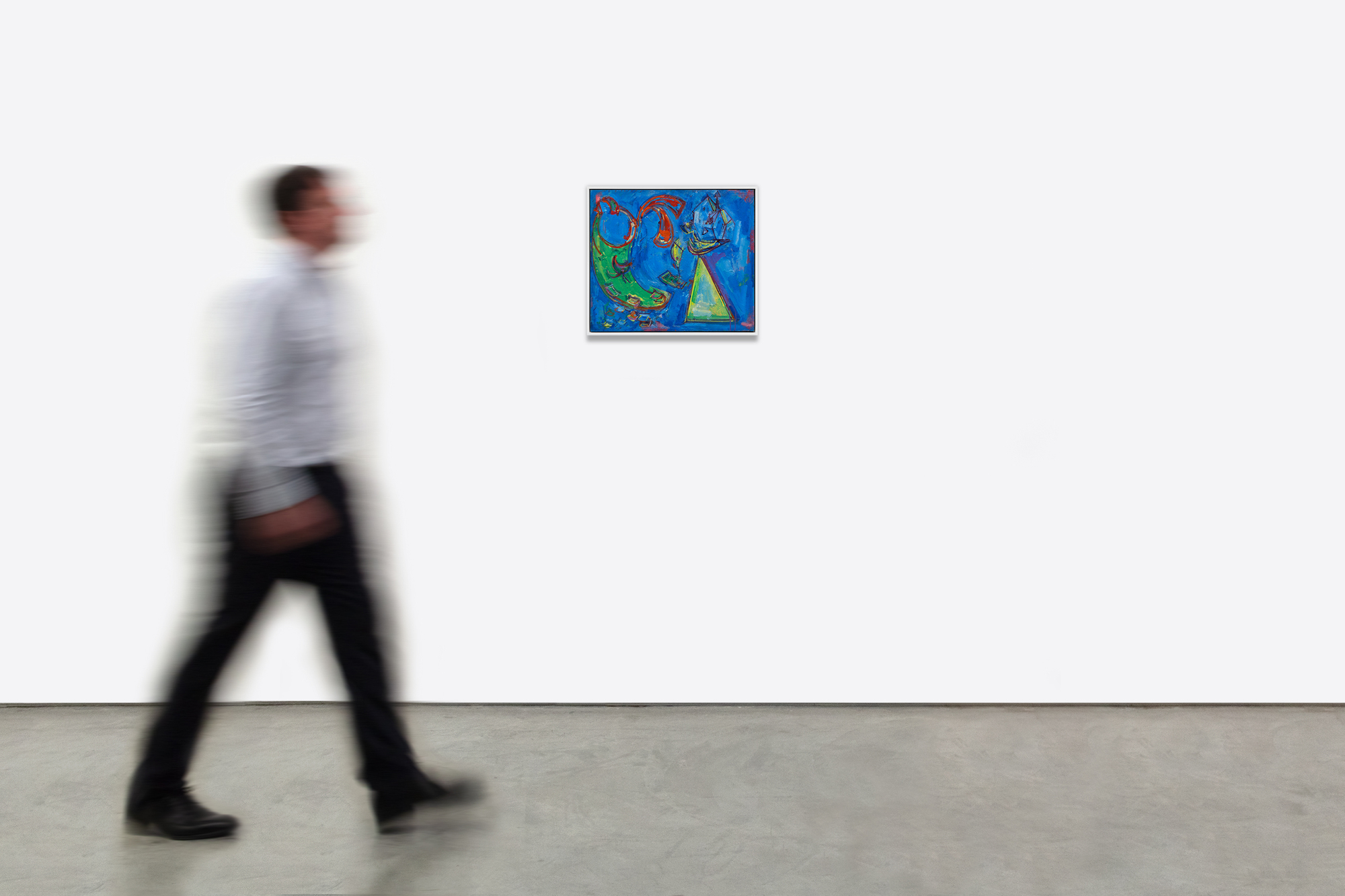
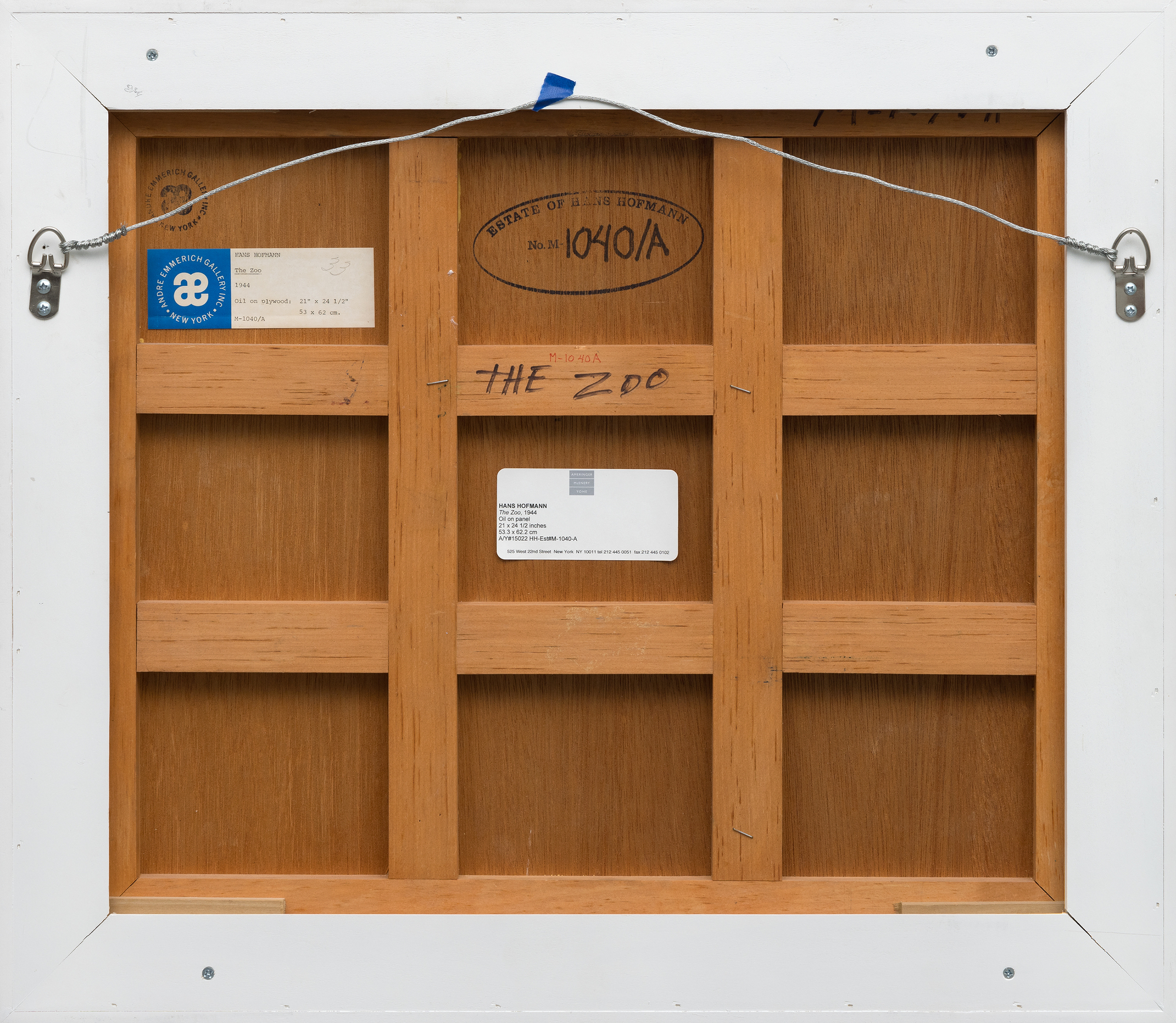
Provenance
Collection de l'artisteThe Renate, Hans and Maria Hofmann Trust, New York, New York
Ameringer | McEnry | Yohe, New York, New York
Collection privée, New Jersey
Exposition
New York, New York, Ameringer | McEnry | Yohe, Hans Hofmann : Pictures of Summer : Peintures et œuvres sur papier, 9 décembre 2010 - 29 janvier 2011Littérature
Ameringer | McEnery | Yohe, Hans Hofmann : Pictures of Summer : Paintings & Works on Paper, "Art in America", annonce de l'exposition, New York, New York, 2010, p. 11 (illustré en couleur)Ameringer | McEnery ...Plus.....| Yohe, Hans Hofmann : Pictures of Summer : Paintings & Works on Paper, "ARTnews", 109, no. 11, annonce de l'exposition, New York, New York, 2010, quatrième de couverture (illustré en couleur)
Suzi Villiger, Hans Hofmann : catalogue raisonné des peintures, volume II, Surrey, 2014, HH cat. no. 351-1944, p. 279 (illustré en couleur)
...MOINS..... Prix380,000
Fortement influencées par l'automatisme surréaliste et les formes biomorphiques de Joan Miró, les formes organiques et les couleurs vives semblent palpiter de vie, brouillant la frontière entre l'abstraction et la figuration. Pourtant, contrairement aux délicats paysages de rêve de Miró, le coup de pinceau de Hofmann est empreint d'une énergie musculaire, ancrant la composition dans son style gestuel caractéristique.
The Zoo reflète la capacité de Hofmann à trouver un équilibre entre la spontanéité et des choix de composition délibérés. Le résultat est une œuvre vibrante et pleine de joie qui célèbre la complexité visuelle du monde et la liberté créative illimitée de l'abstraction pendant cette phase charnière de sa carrière.


